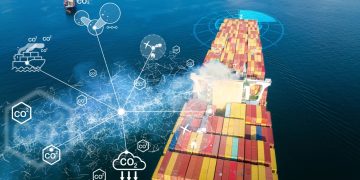CARB to clean up vessel operating in California s ports and harbors
$5 million in Loans for clean tug-boats, ferries, fishing boats and excursion boats The California Air Resources Board has received $5 million in American Recovery and Reinvestment Act Funds to help clean up a variety of boats and vessels that operate in California's ports and harbors.These funds are designed to reduce emissions from a variety of marine vessels that use diesel engines, such as charter fishing boats, commercial fishing boats, crew and supply vessels, ferry and excursion boats, pilot vessels, tow boats, tug-boats and work boats. The funds will be used to guarantee loans for small businesses who wish to upgrade to cleaner operating boats, but may not meet today's stringent borrowing standards."This one-time influx of federal funds makes it possible for small business owners to qualify for a loan to upgrade their boats, even if they have less than stellar credit," said ARB Chairman Mary D. Nichols. "This will help continue our efforts to clean up the air in California's ports and harbor communities."To be eligible a company owning one of these vessels must have fewer than 500 employees, and conduct the majority of their business in California or regulated California waters. In addition, the company must meet a ...
Read moreDetails
























































